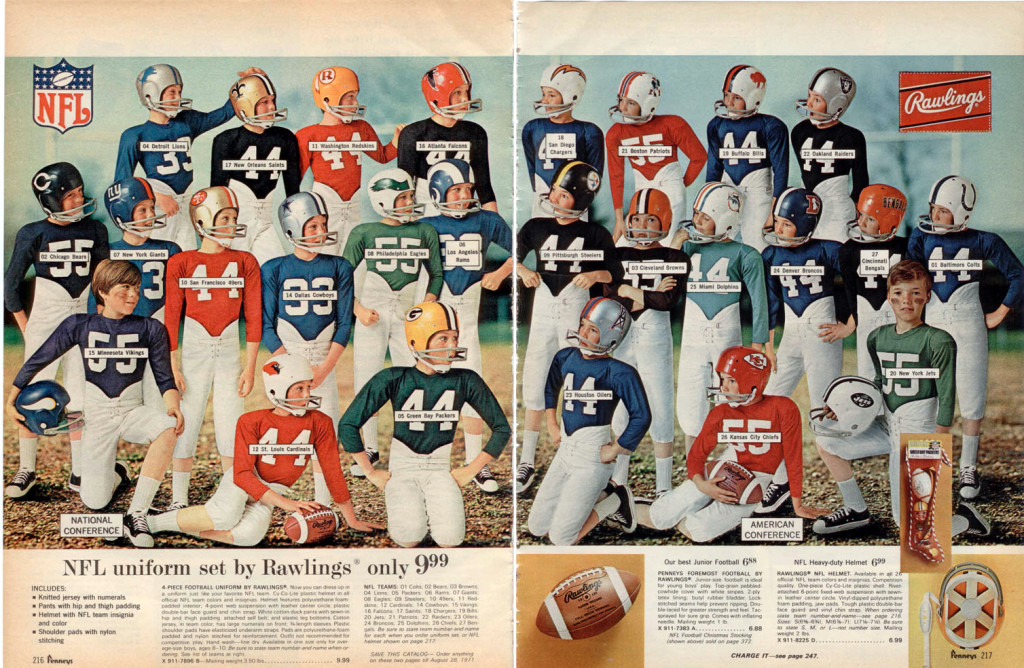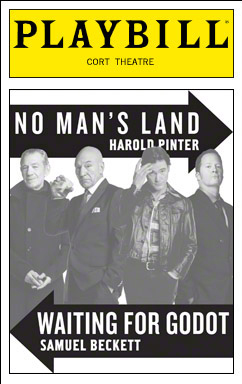Now that we are deep into a festive Why-On-Earth-Would-They-Send-Me-THAT-Catalog season, I reflect upon the many rites and rituals associated with this time of year, when we remember our family holiday history and traditions, as the amount and variety of mail order catalogs increase to absurd proportions.
Yet within this last and sometimes annoying fact, I found no less than the promise of the American Dream, with its wild frontiers and the sanctity of home and hearth, and peopled by the hardworking, hardspending folk that made P.T. Barnum a very rich man.
Myself being a man steeped in history and with strong family sentiments, I have stoically accepted my obligatory Land’s End and Eddie Bauer catalogs, and those from L.L. Bean arriving in duplicate despite my attempts to inform Mr. Bean that the potential customer with my Christian name and he with but a first initial are one and the same soul.
It is true; I purchase something from L.L. Bean maybe once a year, usually at the outlet store in Connecticut. This is enough to confirm a still living customer with my name at my address, even if I never order anything from their catalog. But I cannot remember the last time I bought anything from Land’s End or Eddie Bauer. And yet, as reliable as St. Nick, or perhaps Old Nick, these and many other catalogs appear unbidden, each displaying as many temptations as they can cram into a mailbox.
While lamenting the paper waste, I confess I have found diversion when leafing through these catalogs over many years, typically for a matter of minutes before they are tossed into the recycling bin. But others of more interest, like L.L. Bean, accompany me during subway commutes. Although I rarely buy anything, I enjoy the possibility of doing so, and I can see why this junk mail strategy continues well into the cyber age.
Mail order catalogs spark the imagination no less than they did when lonesome prairie homesteaders relied on the enormous tome from Sears and Roebuck for everything from woolen underwear and Hawkins guns to baby rattles and mourning veils. But for however many or few items actually purchased, there were a multitude of others that could be imagined as purchased, and every member of the family would find something within those pages of hand drawn illustrations and concise descriptions that might make their life better. And such wishful thinking filled many a long winter’s night.
Perhaps this reliance on the potential in material possessions to make one happy actually makes many people painfully aware of what they cannot have, and what other more privileged folk are happily acquiring. Then again, it provides an easy to follow yellow brick road leading to the good life one might strive for if they buckled down and made something of themselves. It is the same strategy employed in television commercials asking if you wouldn’t really rather drive some particular “luxury model,” or which make your children squawk and squall their way down the breakfast cereal aisle at the grocery. By 4 or 5 years of age, they are aware of how wonderful life would be if only they could have the trinket some cartoon character assured them resided inside specially marked boxes of the sugar-fortified, sugar-coated little bits of sugar that they’ve seen luckier children on television enjoying to the fullest.
But just like passively watching a film or television production will never stimulate one’s imagination in the way reading a story or novel can, no television commercial will replace the mail order catalog when it comes to envisioning the promise of potential ownership. With a turn of a page, any number of possible futures are made available to the reader, each filled with satisfaction and delight.
One can imagine being festooned with many of the items offered by L.L. Bean or Patagonia, while fording exuberant trout streams to a primitive campground where dries the latest batch of moose jerky. And while they wait, they can fill up on Harry and David’s Moose Munch popcorn, before digging into the duo’s ready-to-heat prime rib roast with black pepper horseradish sauce and amaretto sweet potatoes, straight from the campsite’s Wavebox portable microwave oven. With, perhaps, dessert featuring all the Godiva holiday assortment they can stand.
Then again, maybe they would better enjoy the coziness of their long-sleeve, faux tuxedo Snuggie while nestled into the overstuffed vibrogastic massage chair, nibbling chocolate-colored corn syrup from a Kincade print TV tray, and warming their slipper-socks by the electric fireplace with shifting lights and lifelike crackling noises. But don’t worry! It will not scare the pet fish wiggling on the mantle, since he is made of plastic, as is his fishbowl and seaweedy seascape.
At times I try to guess which big name retailer sold my address to the senders of these many smorgasbord-of-kitschy delight catalogs. I knew a guy who dated a buyer for such an outfit. I still remember the array of samples filling her extra rooms, from flamboyant pet beds to niche appliances made in sure-to-break plastics, to racks of brassieres in garish colors and the most frighteningly gigantic sizes.
Step Right Up, Bargains Galore
Some retailers practice a sort of shell game with their catalogs, sending multiple issues containing the exact same products, but with different cover pages, and often with the contents shifted into different positions – the women’s section brought to the front, say, or delegated to the back, or at times eliminating the men’s department altogether. Even in the rough and rugged world of L.L. Bean, it is clear which of the primary sexes buys the most stuff, at least according to their marketing research. Obviously, they haven’t observed the shopping habits of my brother.
Although my sisters ingested the contents of just about every fashion magazine under the sun, and my mother was responsible for the baskets of mail order catalogs, my brother outshined them all once he could afford to actually buy his own things. And he has never tired of spending hours shopping when visiting the city, and supplementing his one in every color wardrobe with a stream of mail order deliveries to his homestead out West.
To be fair, all of the children in my family came to appreciate fine things, found in catalogs and elsewhere. Our father had little during his Depression Era childhood, and felt he was fulfilling his obligations if he provided for us the material objects he thought would better insure our happiness. But he was also frugal enough to leave us wanting the better named brands, which our mother would often supply on the sly, at least when it came to clothing, and only after extracting from us the promise that, should our father inquire about some item, we would say it came from the most recent George Washington’s Birthday sale.
I inherited tendencies from both parents, but I tend toward a quality over quantity philosophy, and can see Macy’s entire Harold Square store and come out with what I went in for, in the time it takes most people to make it through the first room. And my office clothes were always the cheapest stuff I could find. But I also have acquired a large, if aging wardrobe of quality, from all the Christmas and birthday presents from various family members. Only recently have I been able to bring myself to cast off moth eaten items, which I held onto because they were a treasured gift from one sibling or another, even if I haven’t worn them for so long the gift giver would no longer have any memory of it at all.
When You Wish Upon a Page
But of all the catalogs filled with all the treasure, as a child I was most interested in the ones behind the cupboard doors, under the family room sideboard that served as dais for the TV. There were found the catalogs of Sears and JC Penny. Most important of all were the smaller but grander Christmas catalogs, or as Sears entitled theirs, the Wish Book.
While the larger catalogs for Fall and Spring had various sporting goods, only the Christmas catalog had pages and pages of toys, from bikes to Halloween costumes, elaborate sets of toy soldiers and the miniature materiel of war, countless baby dolls, Barbie dolls, and board games; chemistry sets, and cowboy suits. I looked forward to those catalogs from the first day of school, and once they arrived, I wore out the pages across the entire year, alone and with neighborhood friends in many sessions of “Wouldn’t it be cool if only we could have that, or this, or all of them.”
I found this image on the internet, and remember the stupefying effect it had upon me the day I saw it for the first time, way back in the days of the love-ins, Space Food Sticks, and the Bump and Run.

I had an intense dilemma over which one to choose. But I never did receive one, despite my urgent pleas before the unsympathetic mortals who had replaced Santa Clause by that stage in my fledgling materialism. Oh, how I envied the mythical kid who was lucky enough to have one of each. And I must confess I still do to this very day.
I no longer get that excited about the contents of catalogs, with the exception of certain items found in the catalogs of C.F. Martin & Co., and of the Whisky Exchange, and yes I do wish I could have one of each. And while I do not buy something from L.L. Bean every season (usually only during the after-Christmas sales,) I do very much like their chamois shirts, and have done so since my mother started buying them for me back in my high school days. Come to think of it, I am getting pretty close to having one in every color.
And that is one man’s word on…
Mail order catalogs

